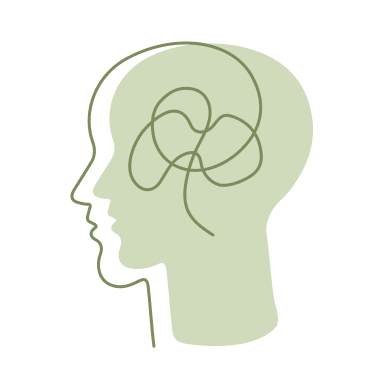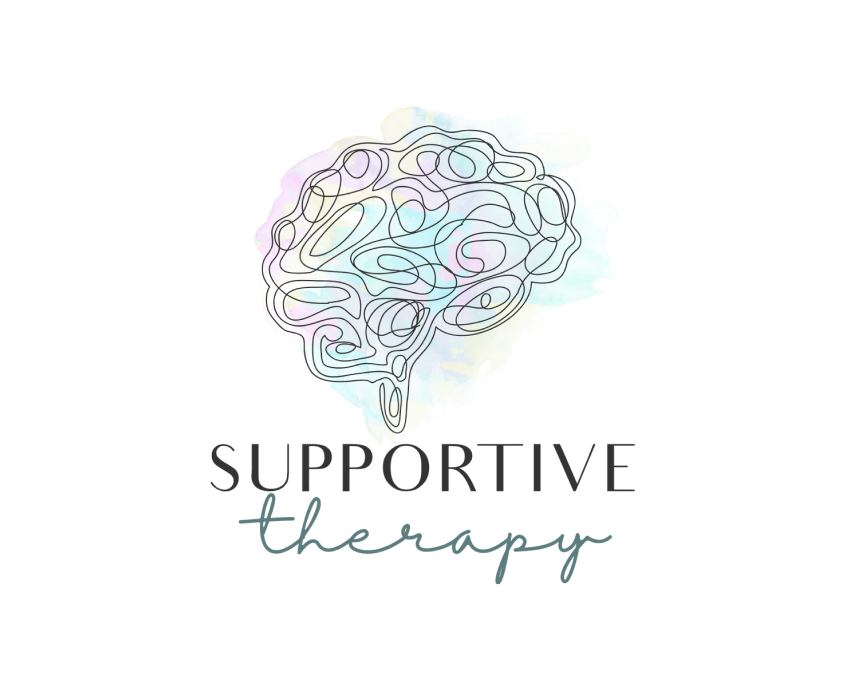Home » Acceptance and Commitment Therapy
Acceptance and commitment therapy: An Intuitive guide towards holistic mental wellbeing.
Finding acceptance can be a powerful catalyst for transformation.

What is Acceptance and Commitment Therapy (ACT)?
Acceptance and commitment therapy is part of what’s known as “3rd wave behavioural therapy”. These are therapies that evolved from behavioural therapy but have been gradually modified based on emerging research.
It operates based on the belief that trying to resist negative thoughts usually only makes them more intense. This is in contrast with cognitive behavioural therapy which generally tries to correct negative thoughts and feelings.
The goal of acceptance and commitment therapy is instead to accept the full spectrum of feelings and focus on changing behaviours through intentional action. The interesting thing is negative feelings and thoughts often improve as a byproduct of this strategy, and the client learns to better tolerate difficult emotions along the way.
Overall, acceptance and commitment therapy gives clients tools to improve what’s known as “psychological (or emotional) flexibility”. This is a person’s capacity to handle their emotions in any given situation and not become overwhelmed by the experience. They can still act in accordance with their values and return to a steady baseline after a distressing experience is over.

How Does Acceptance and Commitment Therapy Work?

Although acceptance might sound like a passive or “easy” approach compared to other types of therapy, it’s anything but. Many clients with high levels of negative emotions habitually avoid topics or even thoughts that could bring them up, and this can snowball into creating a very reactive psychological state.
By bravely facing these emotions and becoming more tolerant of them, clients can eventually begin to move past any blockages that are controlling their lives. It’s hard work, and it takes practice, but a skilled acceptance and commitment therapist will expertly guide the process and introduce tools for coping.
The second essential part of acceptance and commitment therapy is the commitment component. This refers to the process of uncovering a client’s most cherished personal values and working to change their behaviours to better align with them. It involves committed action, goal setting, self-awareness, and patience.
The two elements working together can lead clients toward a more attuned, fulfilling and enjoyable life.
Is Acceptance and Commitment Therapy Right For Me?
Acceptance and commitment therapy was once used as a secondary approach if other forms of behavioural therapy weren’t effective, but it’s since shifted into being seen as a valuable initial option for a wide variety of issues.
It combines tools like mindfulness, self-compassion meditations, and emotion exposure with practical therapist-client conversations about values, goals, and personal experiences. These tactics all work in tandem to improve the client’s emotional tolerance and redirect their behaviours in a more positive way.
Participants who are willing to try these various exercises and comply with homework outside of sessions are the most likely candidates to find success with this type of therapy.
Acceptance and commitment therapy may not be a suitable fit for anyone dealing with severe psychological distortions seen in conditions such as schizophrenia, bipolar disorder, or certain cases of post-traumatic stress disorder.

How Can Acceptance and Commitment Therapy Help?

Acceptance and commitment therapy has been shown to effectively help with a range of conditions including anxiety disorders, depression, eating disorders, substance abuse, chronic stress, obsessive-compulsive disorder, and even chronic pain.
It can also improve general mental wellbeing for clients who aren’t diagnosed with any particular psychological condition.
In essence, acceptance and commitment therapy improves a client’s quality of life by making them feel less alone in their experiences and acknowledging that it’s normal to struggle. Pop culture psychology can sometimes make it seem like we should only experience a steady stream of happiness, but this isn’t realistic or helpful.
Everyone will encounter difficult scenarios and troubling emotions in their lifetime, yet it doesn’t have to be a reason to freeze up and put life on hold. Learning to hold both the good and the bad is an essential tool for long-lasting emotional health, and we would argue it actually makes the good moments seem even sweeter.
Schedule a Free Consultation
Enhance your well-being with virtual Acceptance and Commitment Therapy (ACT). Address anxiety, depression, and stress or improve mental health. Schedule a consultation today to begin your journey to a balanced life.

